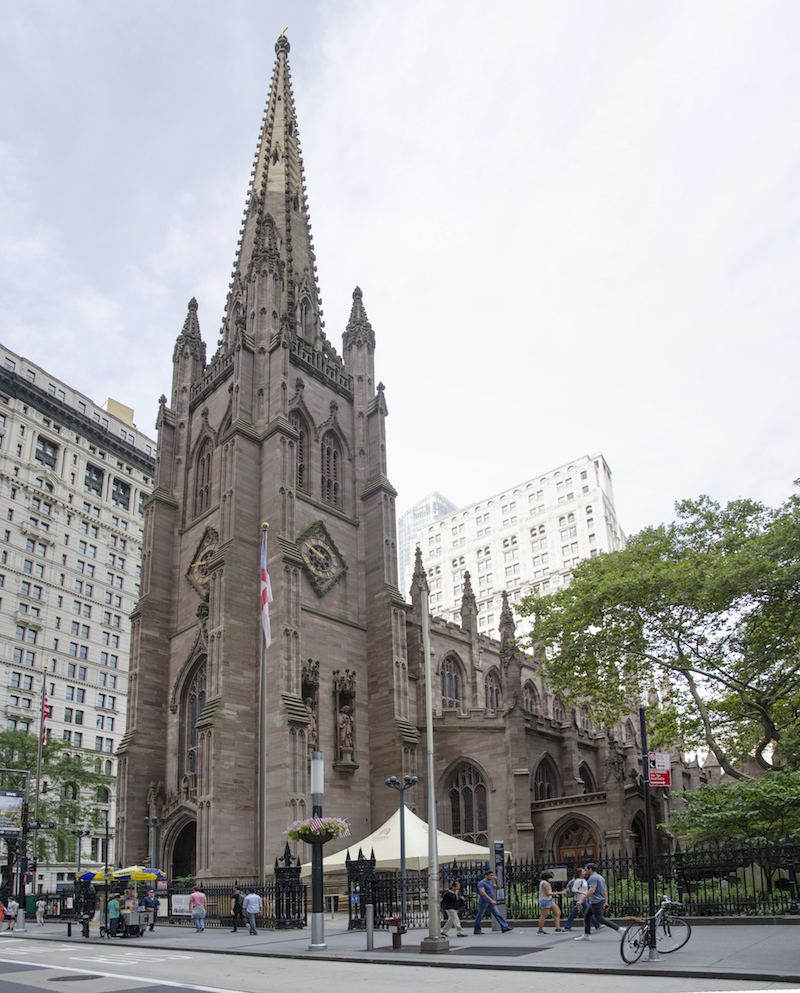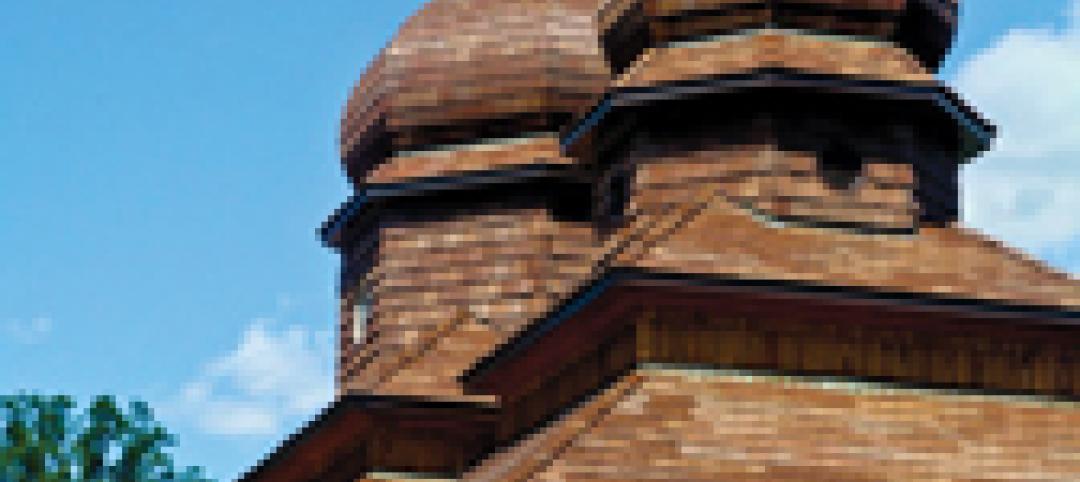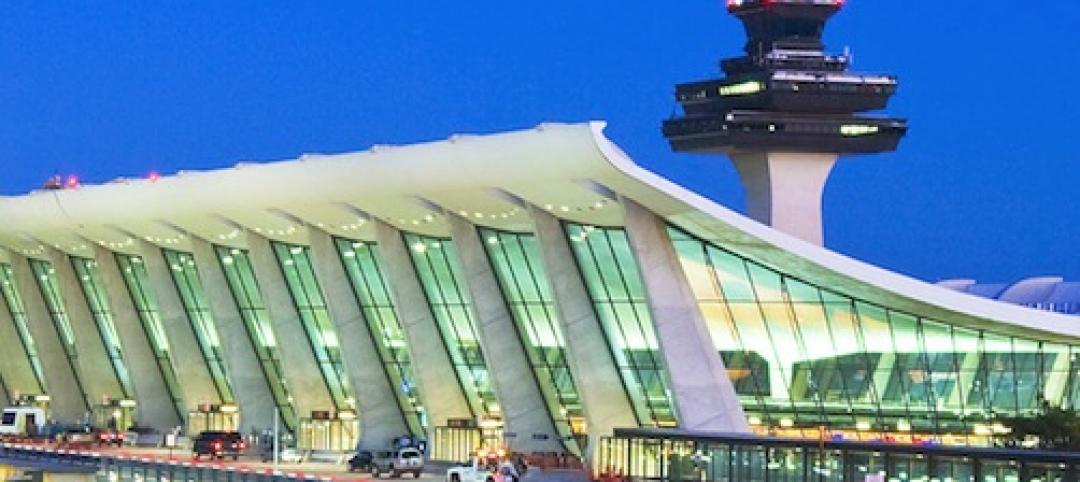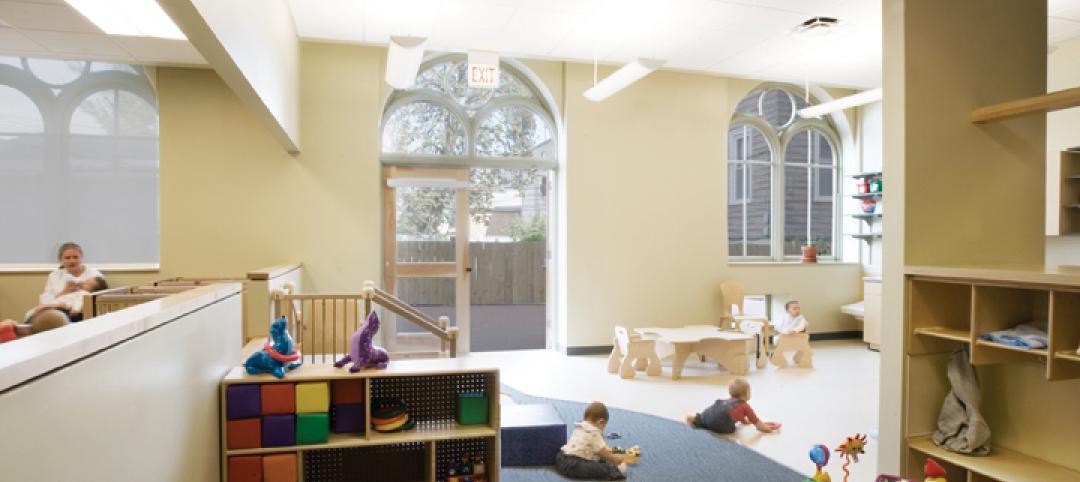Trinity Church Wall Street, which has served the Episcopal community in Lower Manhattan for 321 years, has initiated a $98.6 million “rejuvenation” that will close the building’s nave, the main body of the church, for approximately 20 months.
The architect on this project is Murphy, Burnham and Buttrick. Trinity Church had not identified the engineers or GC on this project at presstime. The rejuvenation will be financed entirely from the church’s endowment, one of the largest of any single religious institution in the country.
The 82,700-sf church is actually the third building from which Trinity Church has operated. The first, built in 1698, was destroyed by fire in 1776. The second, which opened in 1790, was torn down after being weakened by storms in the winter of 1838-39. The current church, whose construction was completed in 1846, at 281 feet stood as the tallest building in the U.S. until 1869.
The current building hasn’t had a significant renovation since 1946. “Underneath the skin, there are a lot of problems,” both structural and mechanical, says Rev. Phillip Jackson, Trinity’s Vicar. He adds that Trinity “is a little dark [inside]; we want to give back its light.”
The rejuvenation will return parts of the church to the original 1846 plan devised by Richard Upjohn, a British-born American architect. Its chancel, near the altar, will be restored to its original size, increasing capacity by 140 seats. The building’s interior walls and ceiling will be painted to reflect Upjohn’s stone design.

The remodeling will include making the church's altar movable to accommodate different events. The church's stained-glass windows will be repaired or restored. Image: Courtesy of Trinity Church
Other renovations and changes will include:
•Repairing and restoring the church’s stained-glass windows, and redesigning the clerestory windows so they match the church’s interior.
•Adding ramps to the North and South entrances, and modifying the East plaza, which would include removing steps in the Chapel of All Saints chancel, to make the entire church ADA-accessible.
•Separating the altar from its reredos (the ornamental screens behind the altar) and making the altar movable to accommodate different events.
•Installing a new lighting and sound system inside the church, and upgrading its exterior lighting.
•Renovating the choir room with acoustical panels to upgrade the practice and performance space.
•Adding a glass and steel canopy outside the church’s South side to provide processionals with protection from inclement weather.
•Installing gender-neutral bathrooms.
•Redesigned and refurbishing pews for comfort.
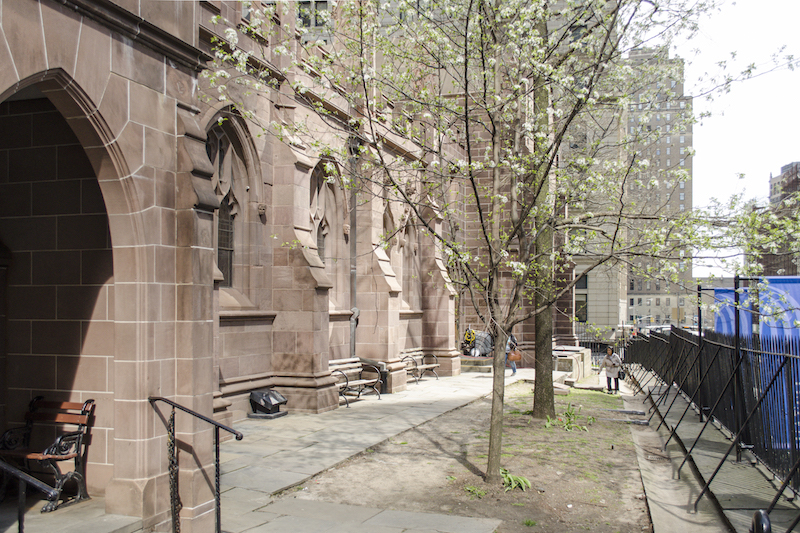
The top image shows what the church's West entrance looks like today. The bottom image shows how steps will be removed, and a plaza created, to make that entrance ADA-accessible. Images: Courtesy of Trinity Church
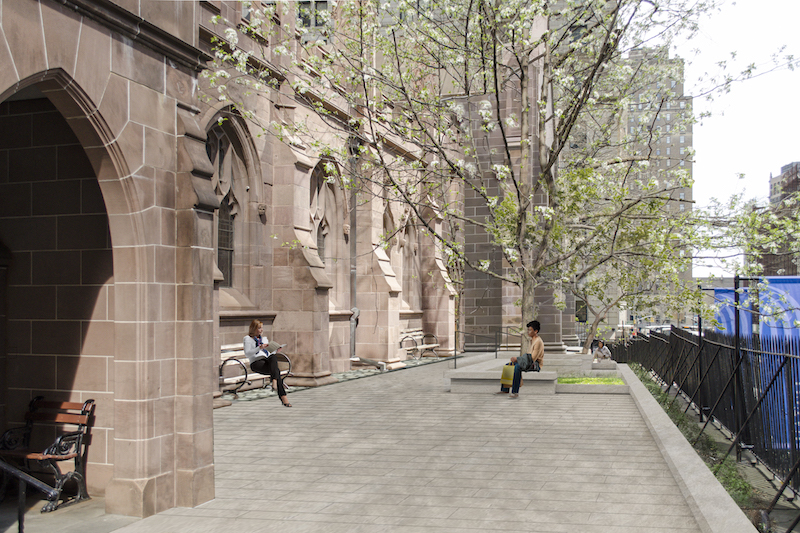
Trinity Church has a rich religious and political history. President George Washington, Alexander Hamilton and John Jay were among the government officials who worshipped there. When terrorists attacked New York City on Sept. 11, 2001, local residents took shelter in the church. Trinity, which is located near Zuccotti Park, also lent some moral support to protesters during the Occupy Wall Street movement in 2011, although declined to allow protesters to use its grounds.
During its renovation, which should be completed by Spring of 2020, Trinity Church will conduct many of its services and other functions from nearby St. Paul’s Chapel, the oldest building in New York, which itself recently underwent a restoration.
Related Stories
| Jun 5, 2013
USGBC: Free LEED certification for projects in new markets
In an effort to accelerate sustainable development around the world, the U.S. Green Building Council is offering free LEED certification to the first projects to certify in the 112 countries where LEED has yet to take root.
| Jun 3, 2013
Construction spending inches upward in April
The U.S. Census Bureau of the Department of Commerce announced today that construction spending during April 2013 was estimated at a seasonally adjusted annual rate of $860.8 billion, 0.4 percent above the revised March estimate of $857.7 billion.
| May 21, 2013
7 tile trends for 2013: Touch-sensitive glazes, metallic tones among top styles
Tile of Spain consultant and ceramic tile expert Ryan Fasan presented his "What's Trending in Tile" roundup at the Coverings 2013 show in Atlanta earlier this month. Here's an overview of Fasan's emerging tile trends for 2013.
| Apr 30, 2013
Tips for designing with fire rated glass - AIA/CES course
Kate Steel of Steel Consulting Services offers tips and advice for choosing the correct code-compliant glazing product for every fire-rated application. This BD+C University class is worth 1.0 AIA LU/HSW.
| Apr 24, 2013
Los Angeles may add cool roofs to its building code
Los Angeles Mayor Antonio Villaraigosa wants cool roofs added to the city’s building code. He is also asking the Department of Water and Power (LADWP) to create incentives that make it financially attractive for homeowners to install cool roofs.
| Apr 19, 2013
Must see: Shell of gutted church on stilts, 40 feet off the ground
Construction crews are going to extremes to save the ornate brick façade of the Provo (Utah) Tabernacle temple, which was ravaged by a fire in December 2010.
| Mar 29, 2013
PBS broadcast to highlight '10 Buildings That Changed America'
WTTW Chicago, in partnership with the Society of Architectural Historians, has produced "10 Builidngs That Changed America," a TV show set to air May 12 on PBS.
| Feb 5, 2013
8 eye-popping wood building projects
From 100-foot roof spans to novel reclaimed wood installations, the winners of the 2013 National Wood Design Awards push the envelope in wood design.
| Jan 3, 2013
Answered prayers
A bold renovation enables a small church to expand its mission on a grand scale.
| Jun 1, 2012
New BD+C University Course on Insulated Metal Panels available
By completing this course, you earn 1.0 HSW/SD AIA Learning Units.


